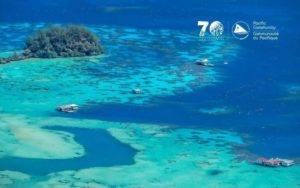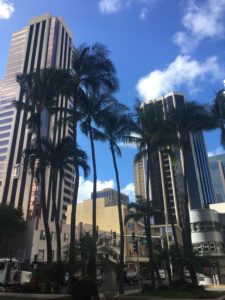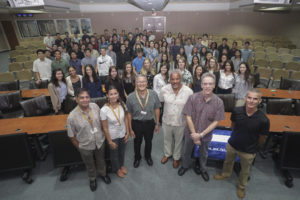The direct passage of Supertyphoon Haiyan in 2013 caused a storm surge that submerged the entire main island in Kayangel Atoll in the Republic of Palau, Micronesia. This event was followed in 2016 by the most severe El Nino-induced drought in many years in Palau. Kayangel Island has a marginal and limited fresh water lens aquifer which is the only fresh water supply source other than rainwater catchment. This fragile water lens has been severely impacted and is no longer capable of providing sufficient quantity or quality of fresh potable water for island residents. The drought impacts the water resources of Kayangel through increasing salinity, turbidity, and possible bacterial contamination.
In order to provide a minimum volume of potable water to the people of Kayangel State, an alternate water source needs to be provided immediately. ISLE has successfully secured a grant from the USDA to provide an alternate water source for the people of Kayangel.
The Emergency Community Water Assistance Grant (ECWAG) will provide Kayangel Island with a small, portable, solar-powered seawater desalination unit to ensure minimal access to potable water sources per the Safe Drinking Water Act (42 U.S.C. 300f et seq.) (SDWA). It is estimated that approximately 3,000-5,000 gallons per day will be needed to serve the Kayangel State population of approximately 70 people. It is estimated that replenishment of the island’s fresh water lens may take 1 year or more for sufficient rains to recharge and flush the brackish water from the aquifer, and that such recharge may not be sufficient to completely rid the water lens from salinity for several years, particularly if normal rainfall patterns do not return to the region due to climate change.
It is hoped that other island communities will follow the lead of Kayangel State in Palau and pursue similar grants for backup water systems for their rural communities.
The USDA ECWAG grants are available to eligible rural island communities in the following regions:
State of Hawaii
Republic of the Marshall Islands
Federated States of Micronesia
Commonwealth of the Northern Mariana Islands
Republic of Palau
American Samoa
Territory of Puerto Rico
US Virgin Islands
ISLE is available to assist with applying for and implementing similar grants to these communities. For more information, please feel free to contact us at info@islandlifeengineering.com.
Follow us to see how Kayangel takes the next step to sustainable climate change adaptation.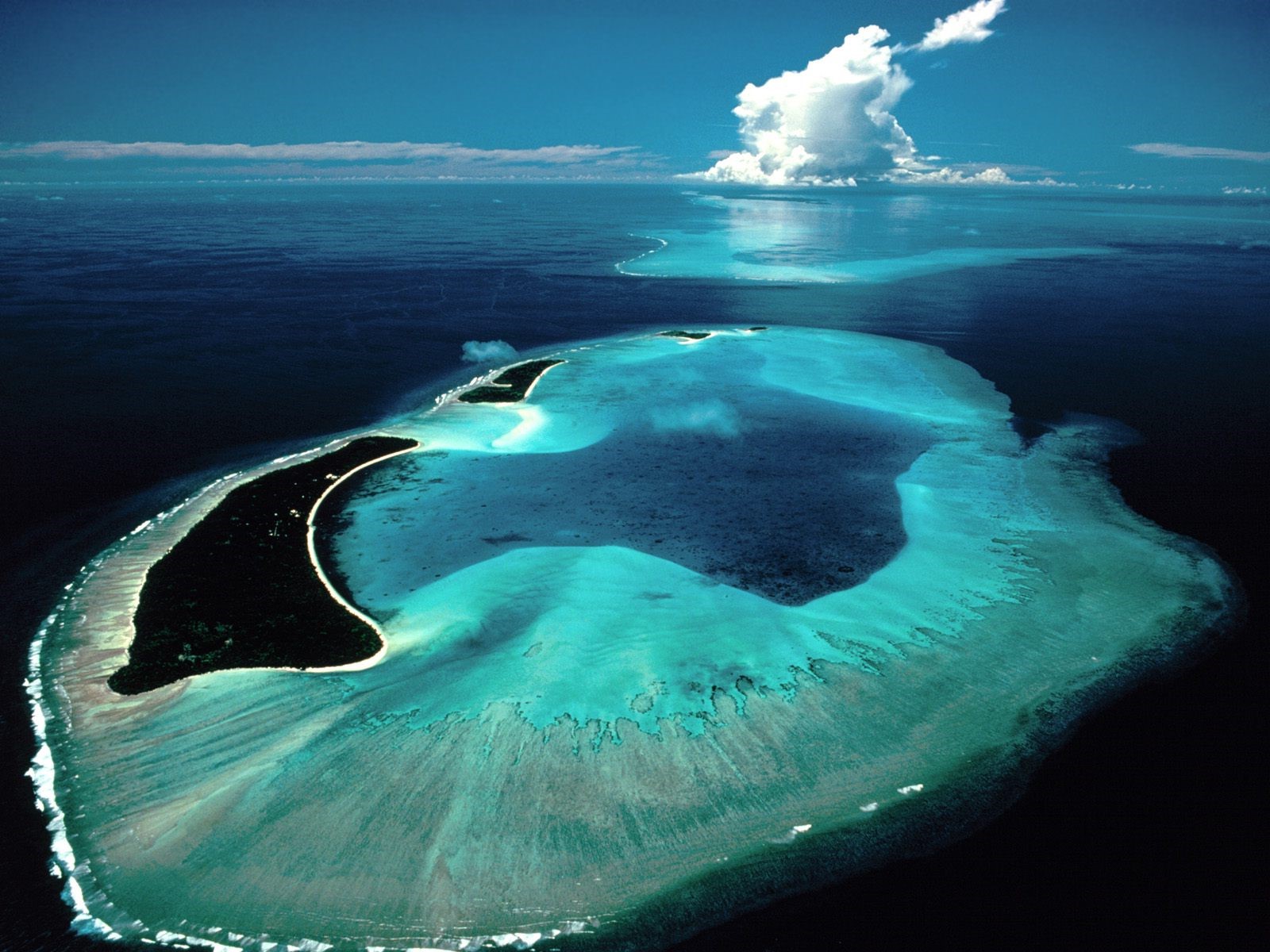
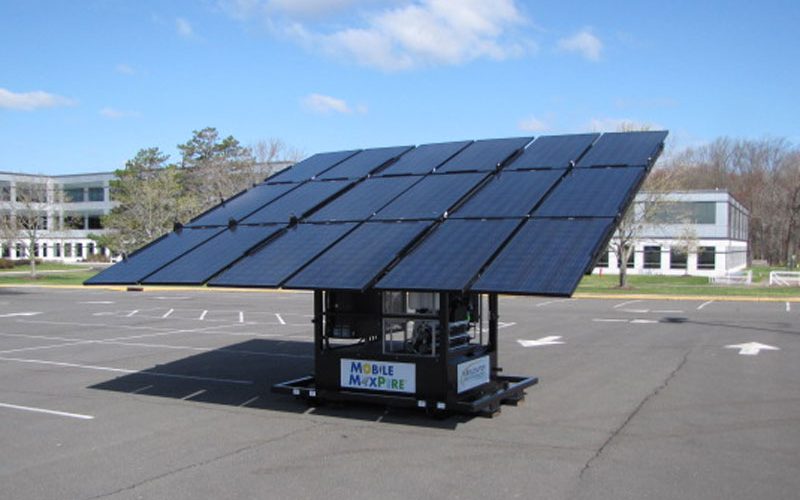
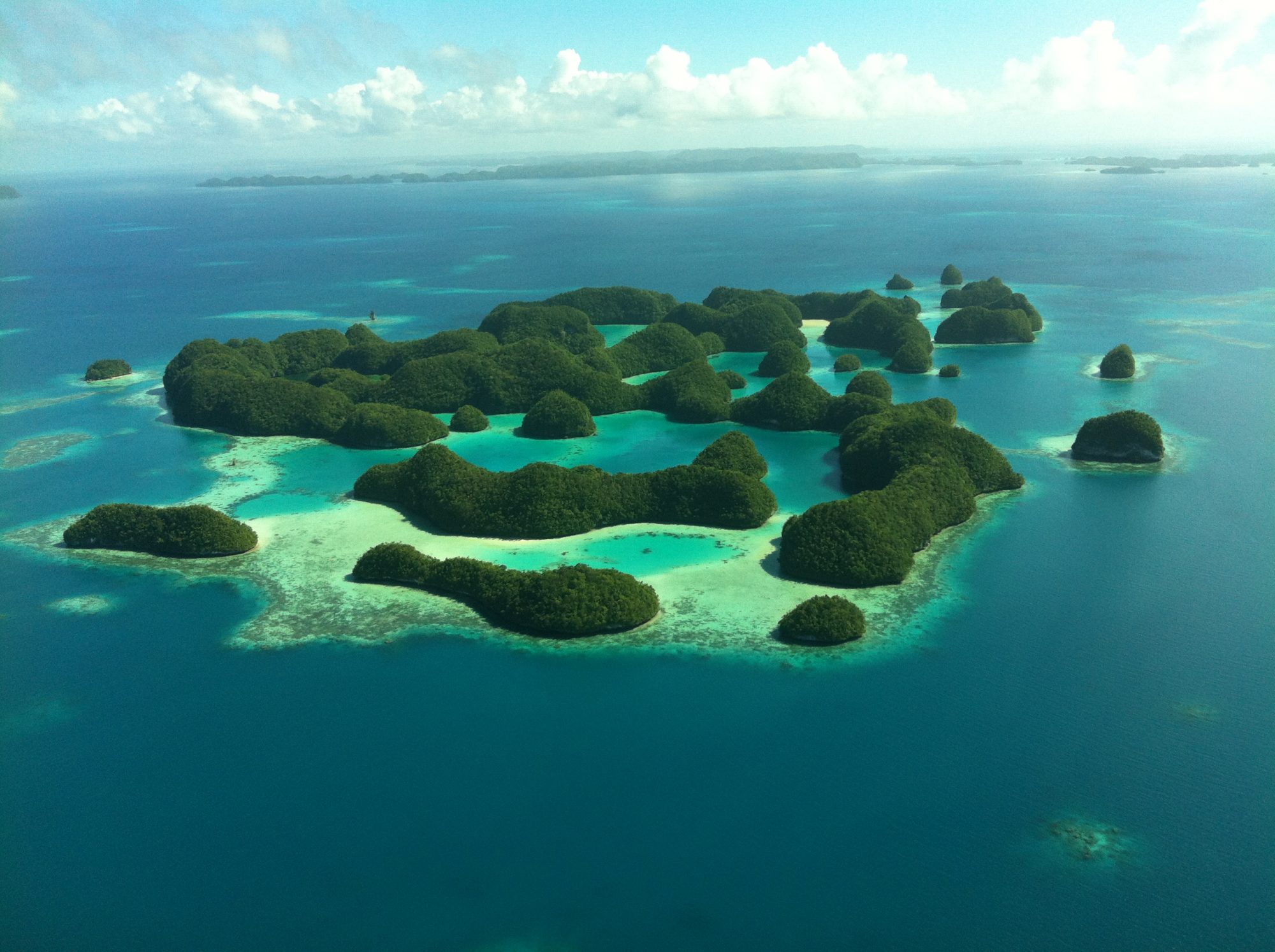
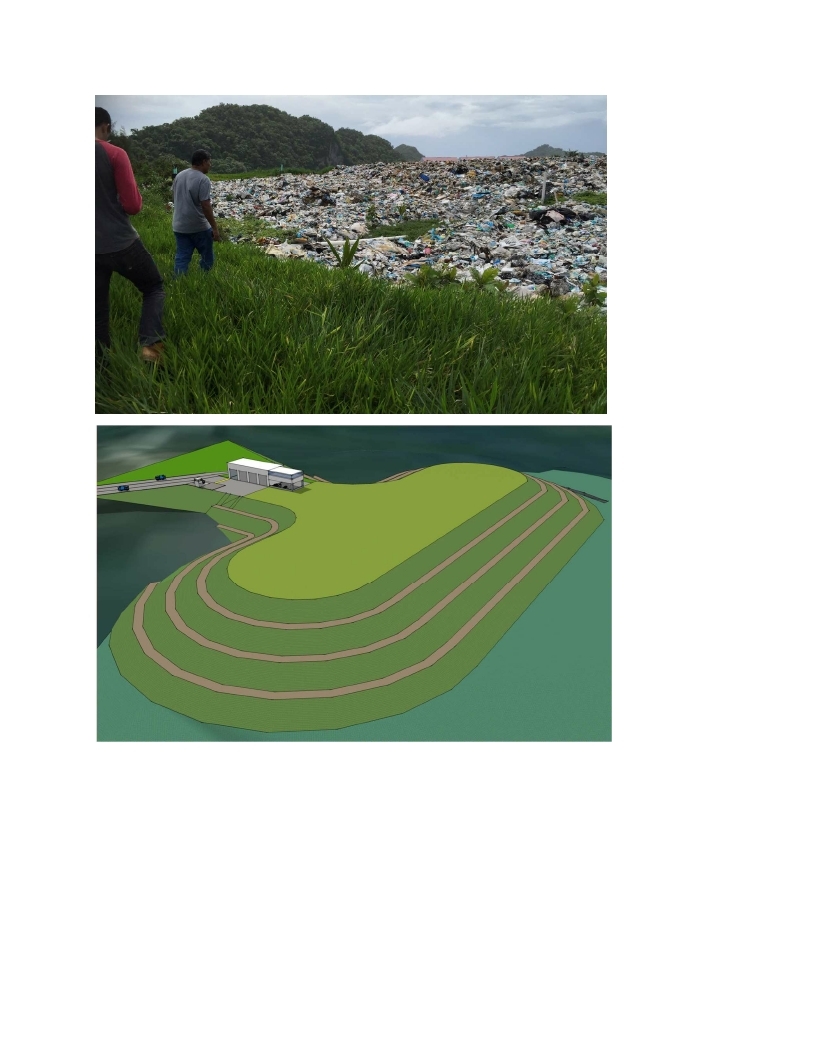
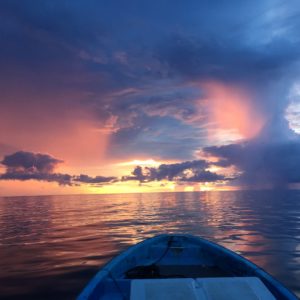
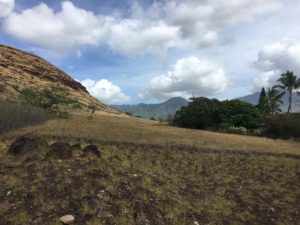
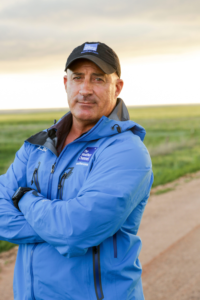 xcerpted and edited from IECA website, www.ieca.com
xcerpted and edited from IECA website, www.ieca.com